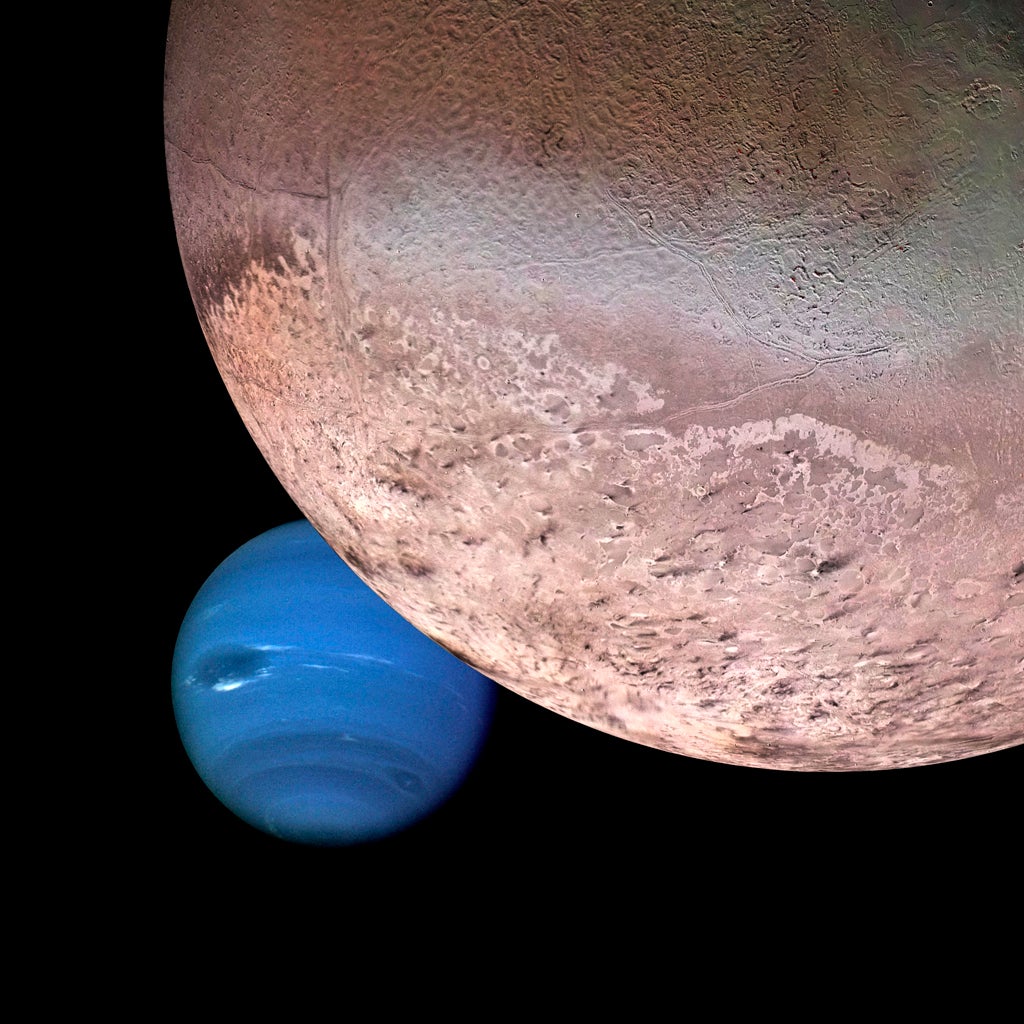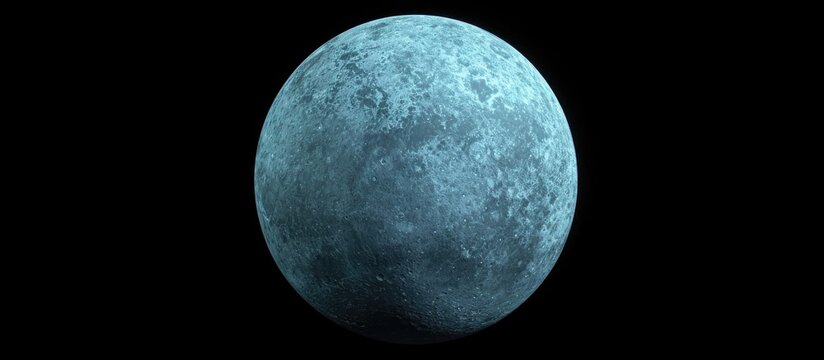Ceres: The Ghost Planet Hiding in the Asteroid Belt
Journey to Ceres, the largest object in the asteroid belt, where ice, mysterious bright spots, and potential underground oceans hint at hidden secrets. Explore its unique place in our solar system.
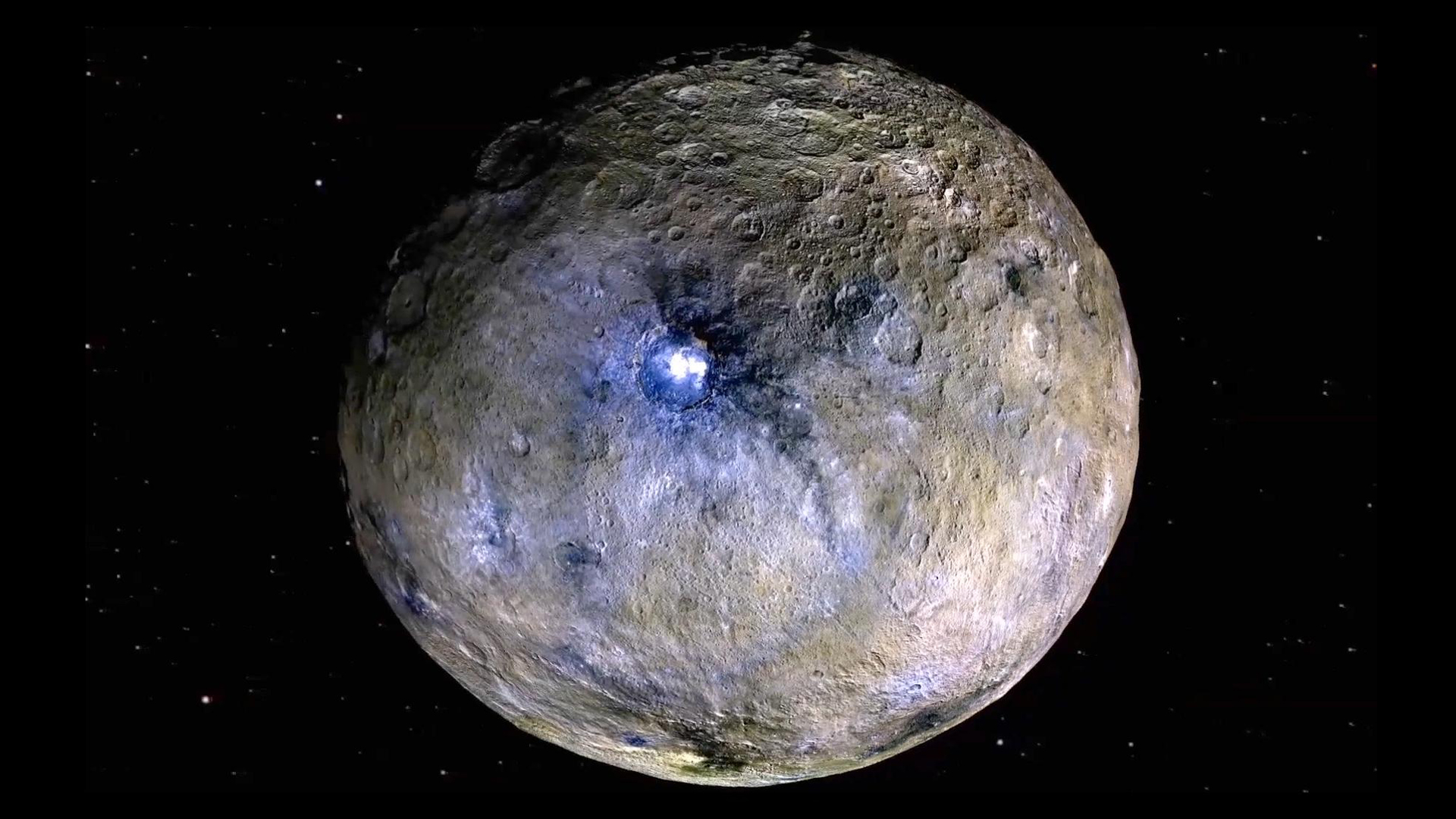
A Small World with a Big Identity
Ceres is the largest object in the asteroid belt, a vast region filled with rocky bodies between Mars and Jupiter. Despite being classified as a dwarf planet, Ceres is the smallest among its kind, with a diameter of about 590 miles (940 kilometers). Unlike the jagged and irregular asteroids surrounding it, Ceres is nearly spherical, resembling a miniature planet. Its surface, though pockmarked with craters, has a relatively smooth appearance compared to other asteroids.
A Mysterious and Watery Surface
One of the most fascinating aspects of Ceres is its composition. Scientists believe that beneath its dusty, rocky crust lies a layer of ice, and possibly even a subsurface ocean. This icy shell hints at the presence of water, making Ceres an intriguing target in the search for extraterrestrial life. The presence of hydrated minerals on its surface further supports this theory. This small world, though seemingly barren, might hold secrets beneath its surface.
Bright Spots That Shine Like Beacons
Perhaps the most eye-catching feature of Ceres is the presence of bright spots scattered across its surface. These luminous patches, primarily located in the Occator Crater, are composed of salt deposits left behind by evaporating water. The largest and most famous bright spot, called Cerealia Facula, gleams like a cosmic beacon, making Ceres one of the most visually striking bodies in our solar system. The contrast between its dark, dusty terrain and these dazzling white patches creates a mesmerizing cosmic spectacle.
A Complex and Varied Terrain
Ceres boasts a landscape filled with towering mountains, vast plains, and deep craters. Ahuna Mons, one of its most prominent mountains, rises about 13,000 feet (4,000 meters) above the surface. Unlike the jagged peaks of Earth’s mountains, Ahuna Mons has smooth slopes, hinting that it may be a cryovolcano—one that erupts with icy materials instead of molten lava. The surface is also dotted with impact craters, some of which show evidence of landslides, suggesting a history of geological activity.
A World of Subtle Colors
Though it may appear grayish from afar, Ceres exhibits a range of subtle hues upon closer inspection. Scientists using advanced imaging techniques have detected blue, red, and even yellowish tints on its surface. These colors indicate the presence of different minerals, with blue areas possibly rich in carbonates and phyllosilicates—materials associated with water-rich environments. The blend of shades adds to the complexity of this dwarf planet’s mysterious past.
A Dwarf Planet with an Ancient Past
Ceres formed approximately 4.6 billion years ago, making it nearly as old as the solar system itself. Unlike many other celestial bodies, Ceres has retained much of its original structure, providing scientists with a time capsule of the early solar system. Its surface is constantly being studied for clues about how planets and other large bodies evolved over time. Some theories suggest that Ceres may have started forming as a planet before being interrupted by Jupiter’s massive gravitational pull.
A Hidden Magnetic Mystery
Unlike Earth, Ceres does not have a global magnetic field. However, studies have revealed that certain minerals on its surface have been magnetized in the past. This suggests that Ceres may have once had a magnetic field or interacted with one at some point in its history. While this mystery remains unsolved, it adds another layer of intrigue to the ongoing study of this fascinating world.
An Atmosphere That Comes and Goes
Although Ceres is too small to maintain a stable atmosphere like Earth, it does have a thin and temporary exosphere. Observations have detected water vapor escaping from its surface, likely due to sunlight causing ice to sublimate. This weak atmosphere, although fleeting, suggests that Ceres is not entirely inactive and still undergoes changes influenced by its position in the solar system.
A Gateway to Understanding Our Solar System
Ceres is more than just a dwarf planet—it is a window into the past. By studying its surface, composition, and geological history, scientists gain insights into the formation of planets and the potential for life elsewhere in the cosmos. The presence of water, minerals, and even potential cryovolcanic activity make it one of the most important bodies in our solar system for future exploration.
A Future Destination for Exploration
Ceres has already been visited by NASA’s Dawn spacecraft, which orbited the dwarf planet from 2015 to 2018. However, many questions remain unanswered. Future missions could provide even more detailed data, possibly even landing on its surface to analyze its composition up close. Some researchers even suggest that Ceres could serve as a stepping stone for deep-space exploration, acting as a refueling station due to its potential water resources.
A Conclusion That Sparks Curiosity
Ceres may not be as famous as Mars or as dazzling as Saturn’s rings, but it holds a unique place in our solar system. Its hidden ice, mysterious bright spots, and ancient history make it a world worth exploring. With future missions, we might uncover secrets that could change our understanding of water, planets, and even life beyond Earth. Ceres is not just a distant rock—it is a world of wonder, waiting for us to unlock its mysteries.
What's Your Reaction?







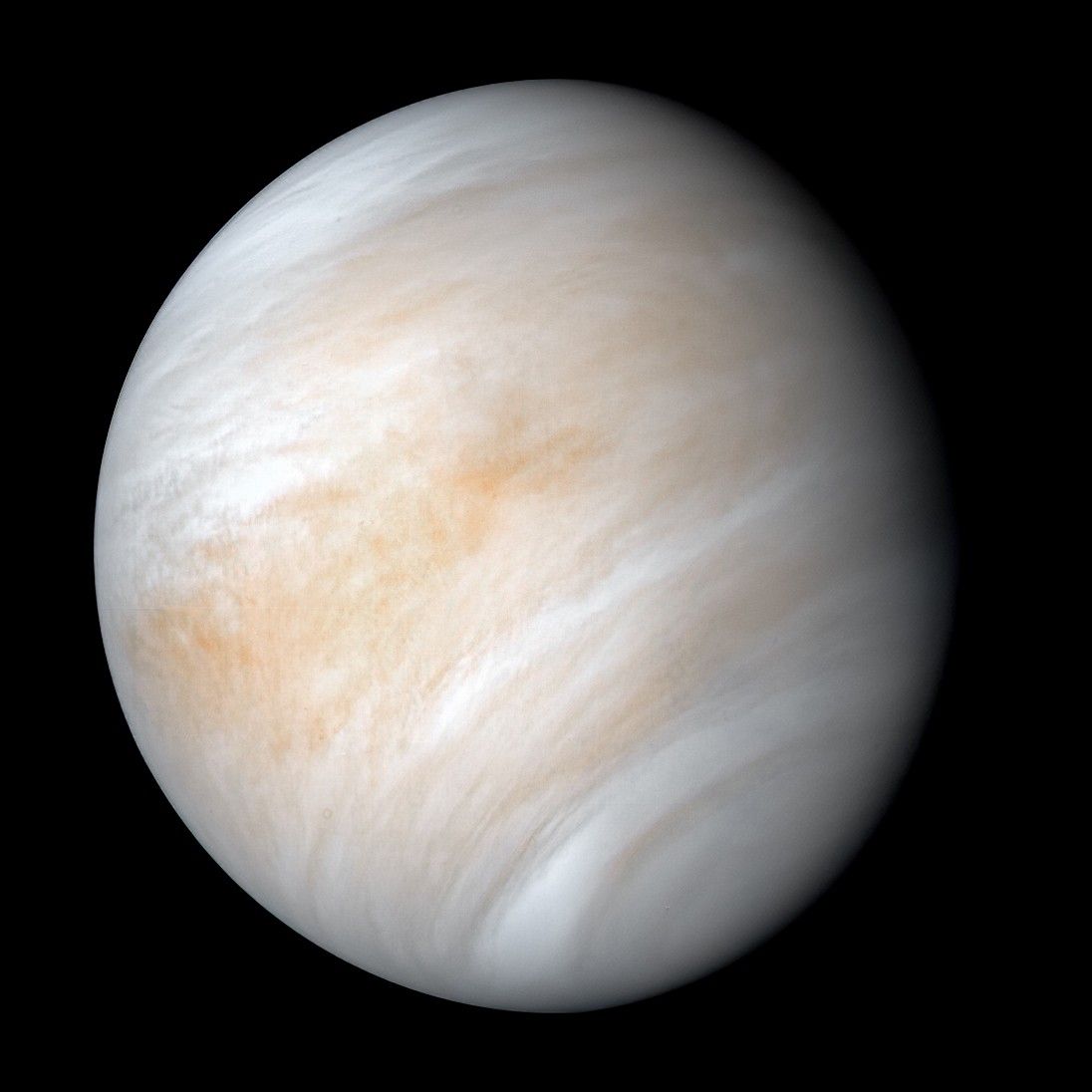

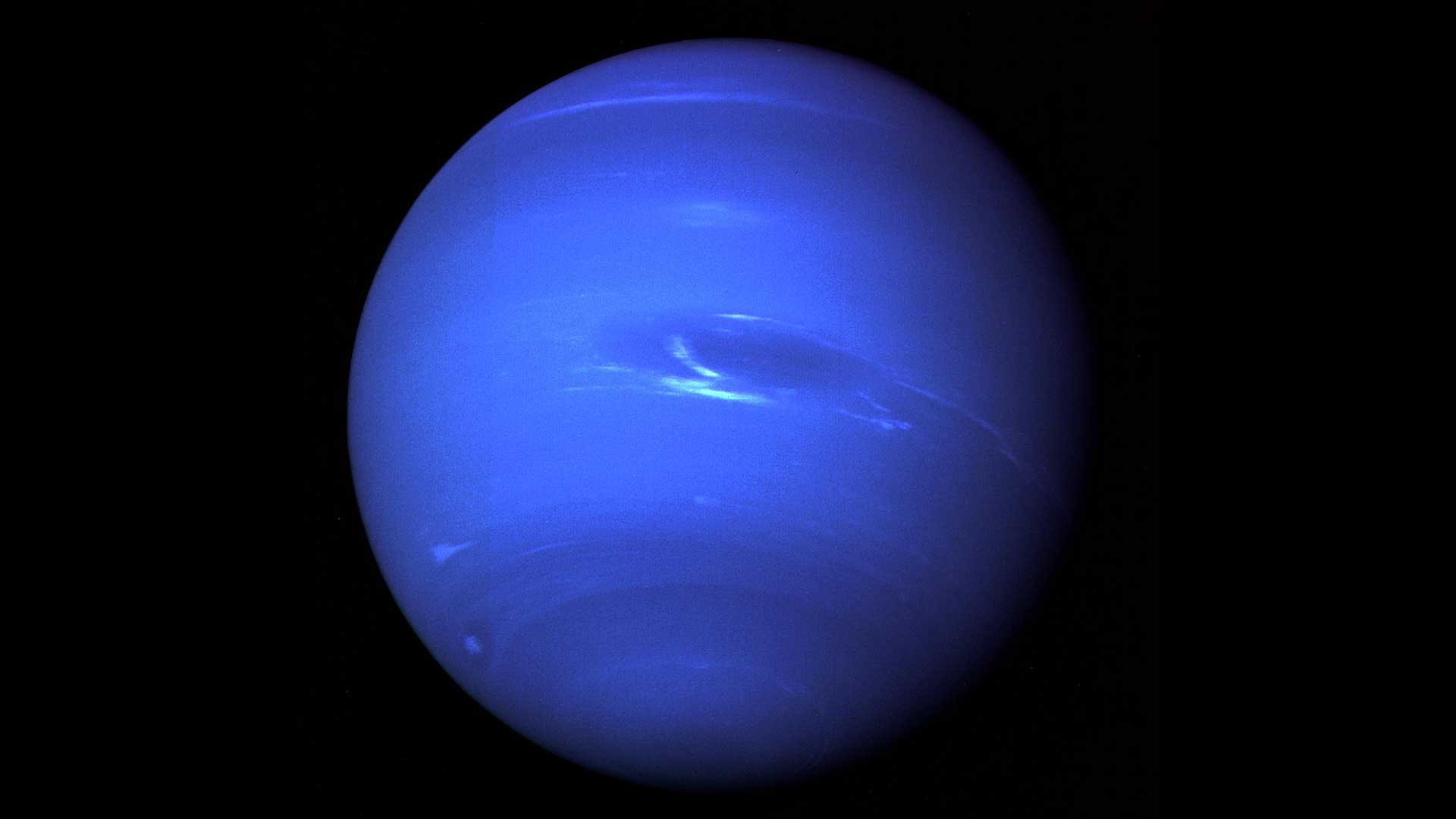

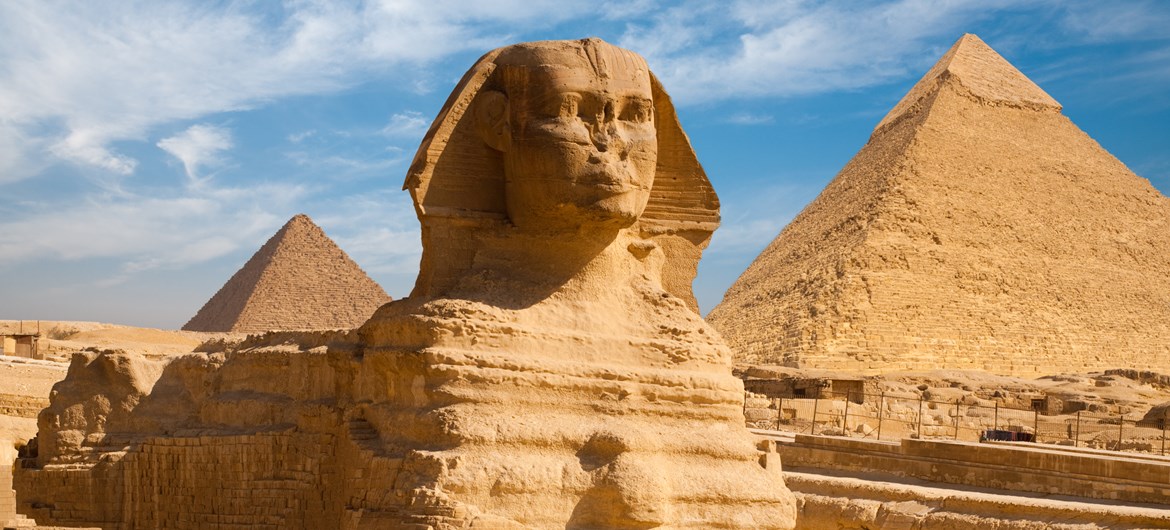
/https://tf-cmsv2-smithsonianmag-media.s3.amazonaws.com/filer_public/54/66/546650fa-26a4-40fd-8d6d-5a7a04540f81/rosetta2.png)
:max_bytes(150000):strip_icc():focal(999x0:1001x2)/robert-prevost-050825-1-39395418ab494da5a3a700c9478e66c8.jpg)


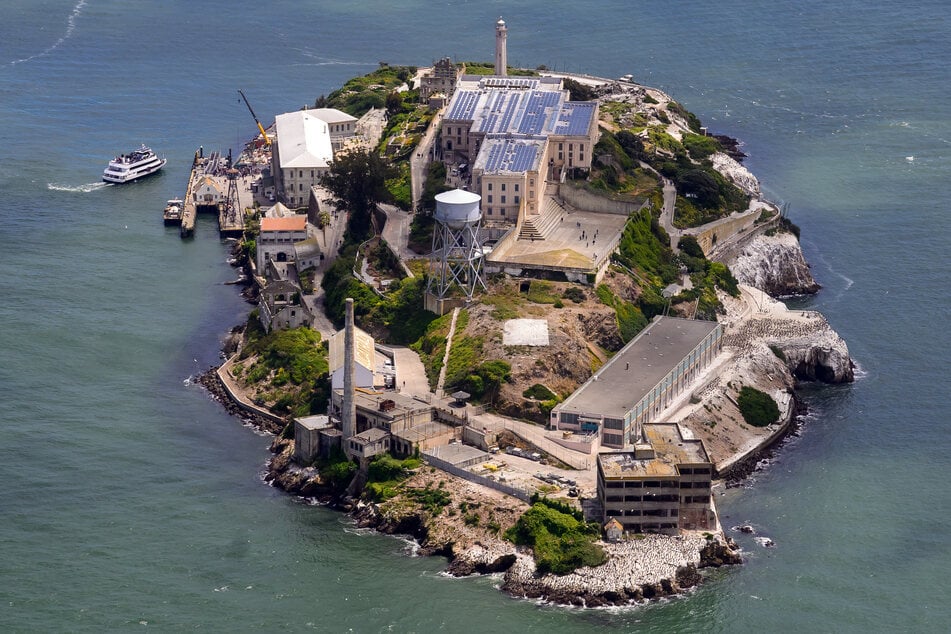























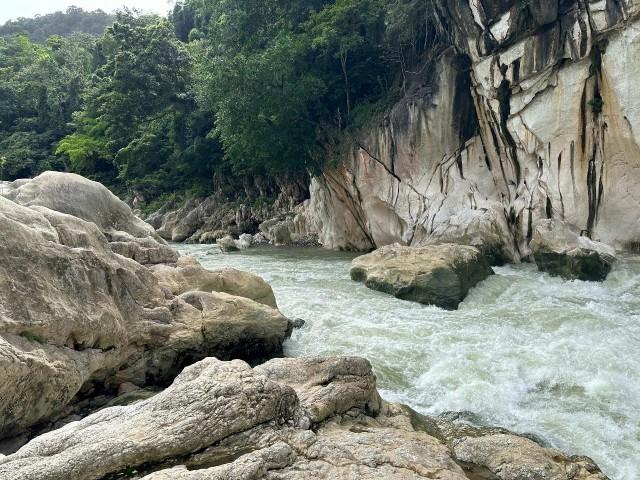




















format(webp))
format(webp))






















